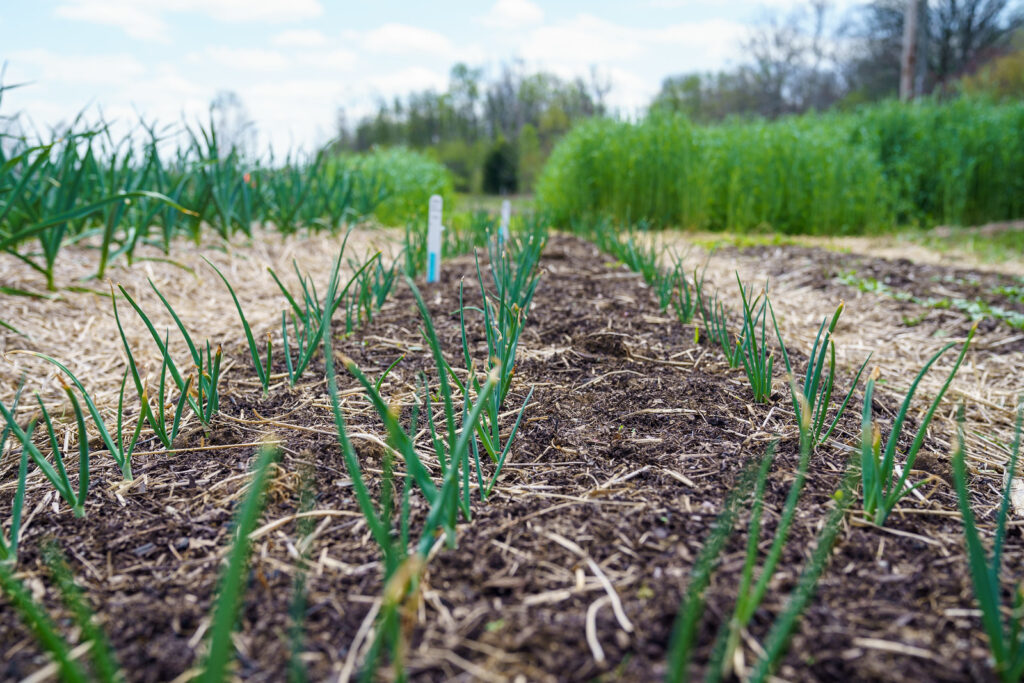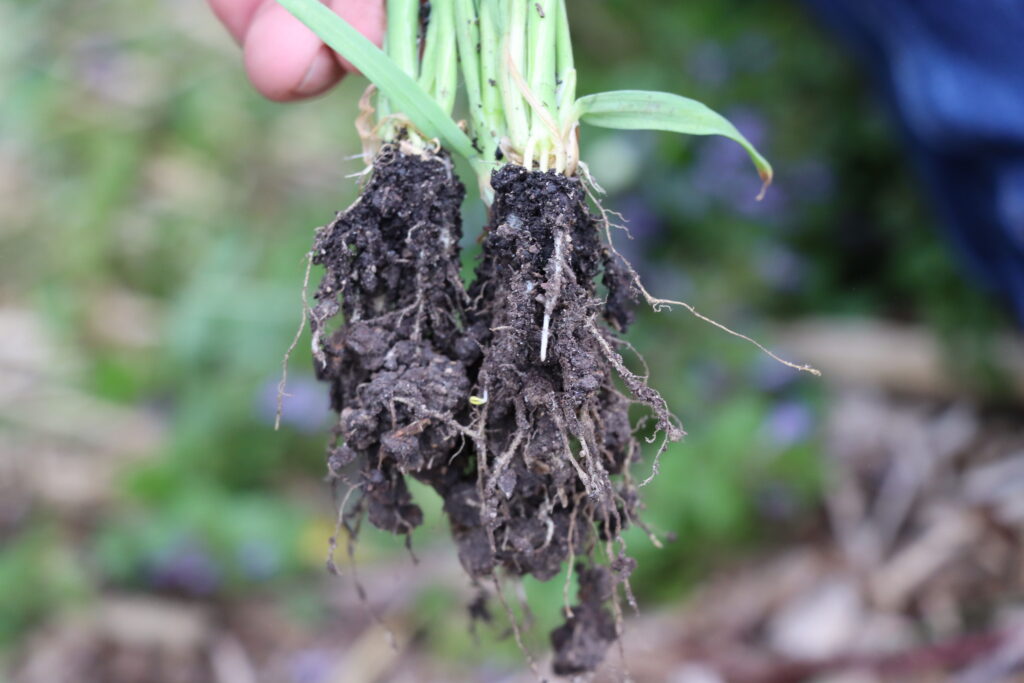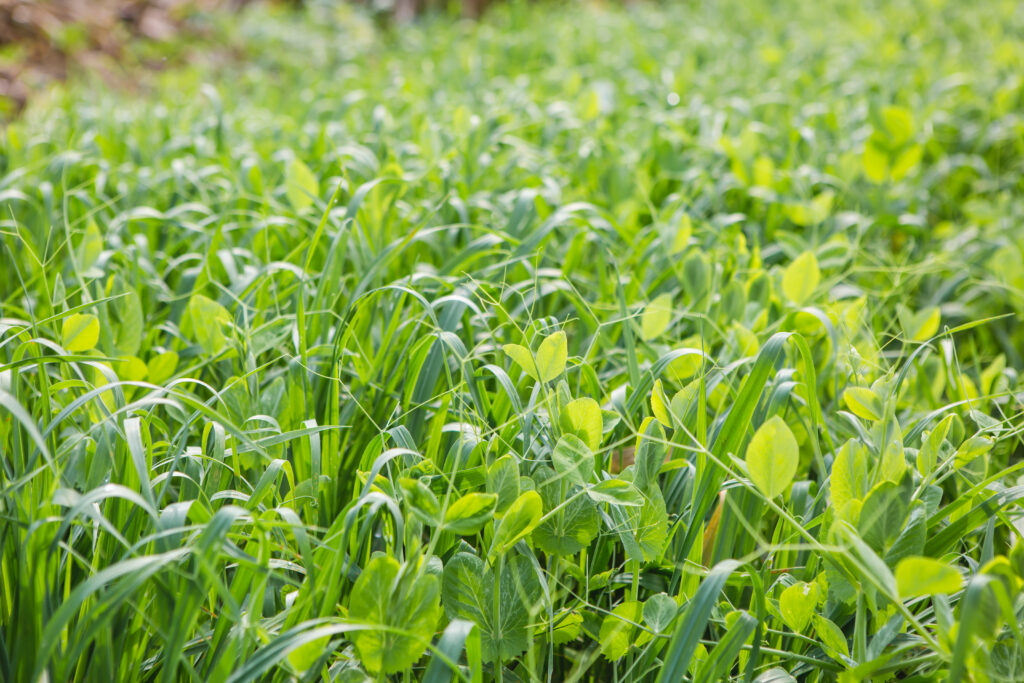Soil health is more than just a buzzword for us; it is the foundation of everything we do. As the lifeblood of our planet, healthy soil is crucial for growing nutritious food, filtering water, and supporting biodiversity. But why exactly do we care about soil health? Let’s dig in.
Why Soil Health Matters
Soil is a living, breathing ecosystem that sustains plants, animals, fungi, and humans. When soil is healthy, it functions effectively to support these life forms. When not, the consequences can be dire, affecting food security, water quality, and climate resilience.
Key Principles of Soil Health
Maximize Continuous Living Roots:
Maintain live plants and roots year-round to feed soil life, improve water infiltration, reduce compaction, and enhance soil structure. Diverse plant roots provide food for soil microbes and build organic matter.
Minimize Disturbance:
This principle includes minimizing all forms of disturbance -physical (tillage), biological (overgrazing), and chemical (excess inputs) – to prevent erosion, compaction, water loss, and organic matter depletion. Maintain soil structure to protect the organisms living within.
Maximize Soil Cover:
Mulches, cover crops, and leaving plant residues prevent erosion, retain moisture, regulate temperature, suppress weeds, boost organic matter, and support soil life.
Maximize Biodiversity:
Increase diversity above and below ground to enhance ecosystem functions and nutrient cycling. Crop diversity and rotation minimize pests and diseases and support beneficial insects.
Our Approach: A Systems Perspective
Applying all four soil health principles through a tailored systems approach is key to improving soil function. This involves combining practices that align with specific farm or garden goals. If this system approach stops, the benefits gained can quickly be lost.
Improving soil health requires a commitment to a never-ending journey.

Objectives for a successful Soil Health System
- Increase organic matter
- Improve water infiltration and holding capacity
- Enhance nutrient use efficiency
- Diversify soil biology and habitat
Conservation Practices for Small-Scale Operations
The following conservation practices can address resource concerns on small-scale, diversified farms.
For mixed-use farms managing livestock, woods, perennials, and other products, tailored practices are essential to protect resources while enhancing production.
- Alley Cropping
- Composting Facility
- Conservation Cover
- Cover Cropping
- Critical Area Planting
- Crop Rotation
- Field Border
- Hedgerow Planting
- High Tunnel
- Invasive Species Control
- Irrigation
- Low Tunnel
- Mulching
- No-Till and Reduced Tillage
- Nutrient Management
- Pest Management Tarping
- Prescribed Grazing
- Raised Beds
- Silvopasture
- Soil and Source Testing
- Soil Carbon Amendment
- Tree and Shrub Establishment
- Wildlife Habitat Planting
- Windbreak Establishment
Ready to learn more? Dig into soil health resources and discover how you can contribute to healthier soil and a healthier planet.










